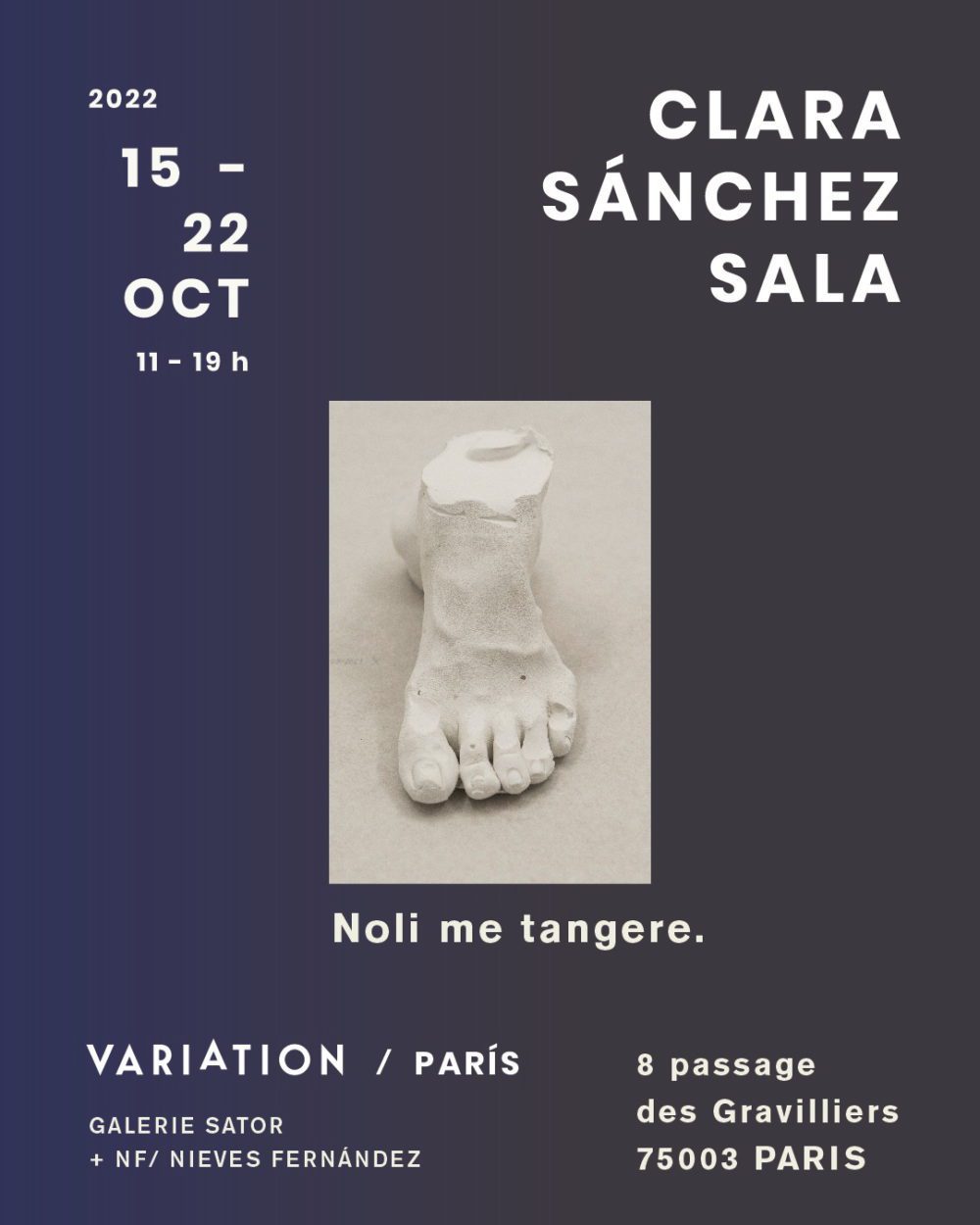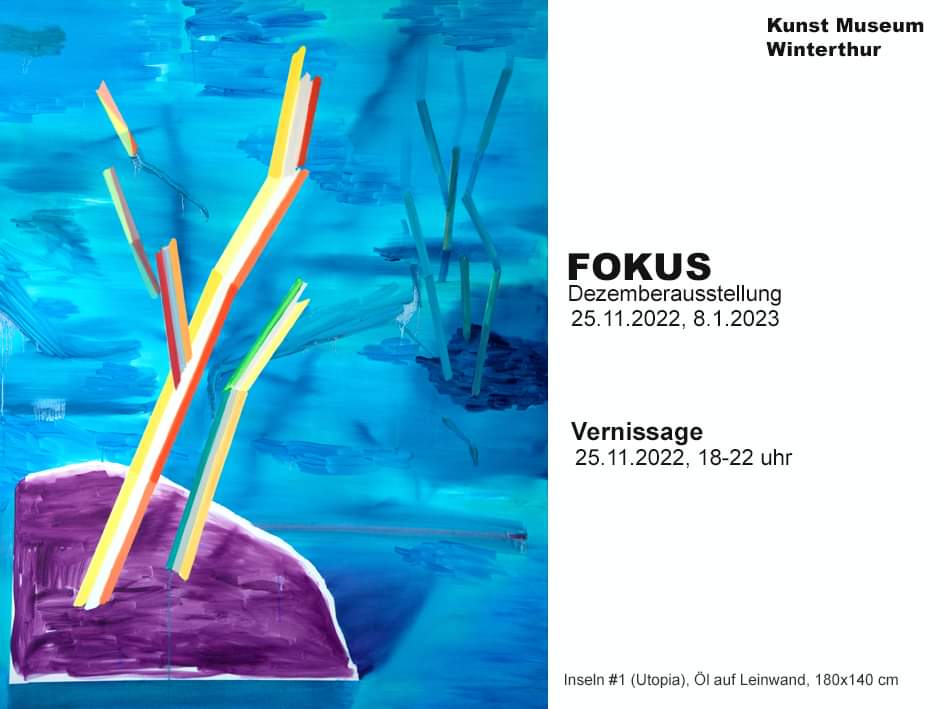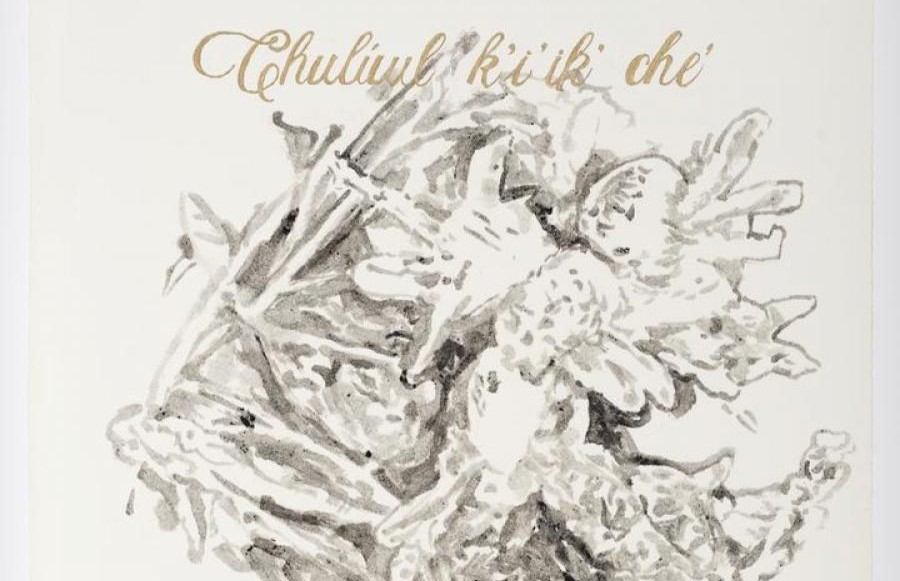/

Calixto Ramirez: conversación sobre Jannis Kounellis
Calixto Ramirez en conversación con Francesco Guzzetti sobre Jannis Kounellis en la sede de Magazzino Italian Art, Cold Spring, Nueva York.
Calixto Ramirez in conversation with Francesco Guzzetti about Jannis Kounellis at Magazzino Italian Art, Cold Spring, New York.

INTERLUDIO 5: CUANDO TODO ERA NADA. CALIXTO RAMIREZ
INAUGURACIÓN 27/OCT
‘Desde el primer momento en que tuve la oportunidad de ver trabajar a Calixto Ramírez, hace ya más de diez años en un viaje-exploración compartido por el norte de España, me impresionó su capacidad para improvisar acciones artísticas. Acciones que aúnan una profunda capacidad poética con sorprendentes toques de humor e ironía. Una sensible comprensión del contexto y de los materiales que le rodean. La mezcla de una privilegiada intuición artística y un extenso conocimiento de la historia del arte.
Nuevos encuentros, Palermo, Roma… Calixto se funde con los lugares que habita, literal y físicamente. También adquiere una posición política con un contexto que le afecta y que es afectado por él. Un eco que tiene la capacidad de retornar con más fuerza, haciendo cabriolas en el viento.
Calixto hace, actúa, y cualquier materia, objeto, o referencia, tiene el potencial para ser transformado en obra. La deriva, el ensamblaje (físico o mental), el equilibrio, la composición… son asimilados y retorcidos estirando las reglas del juego.
Esta exposición nos permite asomarnos a su mundo, a su lenguaje, a través de su cuerpo. Un cuerpo presente, vehículo para la creación de una narrativa cruzada que encierra un gran número de capas que poco a poco van desvelándose a medida que unimos los puntos de una constelación que va formando con su movimiento.’
Nicolás Combarro
Marsella, octubre 2022
Para más información, click aquí
_
OPENING 27/OCT
‘From the first moment I had the opportunity to see Calixto Ramirez at work, more than ten years ago on a shared exploration trip to the north of Spain, I was impressed by his ability to improvise artistic actions. Actions that combine a profound poetic capacity with surprising touches of humor and irony. A sensitive understanding of the context and the materials that surround him. The mixture of a privileged artistic intuition and an extensive knowledge of art history.
New encounters, Palermo, Rome… Calixto merges with the places he inhabits, literally and physically. He also acquires a political position with a context that affects him and is affected by him. An echo that has the capacity to return with more force, capering in the wind.
Calixto makes, acts, and any material, object, or reference, has the potential to be transformed into a piece. The drift, the assembly (physical or mental), the balance, the composition… they are all assimilated and twisted stretching the rules of the game.
This exhibition allows us to peek into his world, his language, through his body. A present body, a vehicle for the creation of a crossed narrative that encloses a large number of layers that are gradually unveiled as we join the dots of a constellation that he is forming with his movement.’
Nicolas Combarro
Marseille, October 2022
For more details, click here

VARIATION / París presenta: Noli me tangere, de Clara Sánchez Sala
Un ombligo es como un nudo. Pero el nudo es una conexión cerrada, como el símbolo del infinito en donde el tiempo es eterno. Sin embargo, en este nudo carnal el tiempo no deja de ser, su forma y su textura cambian con las distintas etapas de la vida recordándote que tu tiempo es finito.
Hace cinco siglos el ombligo era un problema candente para teólogos y pintores. Si ni Eva ni Adán habían nacido de mujer, no había motivo para que existiesen restos de su cordón umbilical, es decir, para que tuviesen ombligos. Pero, si carecían de ellos, ¿no eran imperfectos como seres humanos?
Mientras los teólogos disputaban, los pintores procuraban no comprometerse. Aumentaban el tamaño de las hojas de parra para ocultar al mismo tiempo las partes genitales y los ombligos de Adán y Eva.
Este dilema no parecía preocupar en el Paleolítico. En diversas excavaciones se han hallado varias “venus” que presentan un notorio y profundo ombligo en el abdomen, como si el tiempo hubiese sido para ellas igual que el de cualquier mortal.
Quizás esté debate umbilical no es solo una cuestión meramente temporal, sino un reflejo de una preocupación concreta en un tiempo y un espacio determinado.
Esta forma de tiempo umbilical, por una parte, eterna, pero por otra, perecedera, es la que parece haber calado también en la historización de las artes, en la que los artistas dan testimonio histórico del espíritu de su tiempo y de su sociedad.
Noli me tangere explora la representación del cuerpo humano (a fin de cuentas, es el sujeto capaz de padecer cualquier situación y de confrontarla), a partir de formas eróticas como ombligos, pechos y labios desde un punto de vista clásico, pero también actual, histórico o cultural. Los labios desnudos de un busto clásico griego pintados con carmín que hacen remarcar aún más su desnudez, varios ombligos de bronce conectados por cadenas a modo de cordones umbilicales anudados entre sí y que entorpecen el paso al espectador, o la estampa de unos pechos de mujer realizada en el momento de conocer su estado de gravidez, son algunas de las piezas que establecen un diálogo centrado en los aspectos humanos que se esconden dentro de los sistemas de interpretación temporales.
Asimismo, el título del proyecto Noli me tangere (No me toques), son las palabras que Jesucristo dirige a María Magdalena tras su resurrección, pues su cuerpo ya no pertenece a ese tiempo ni a ese espacio, pero más allá de ello, también alude a una acción que continúa en el tiempo (No me retengas), deja que el tiempo transcurra.
VARIATION es un proyecto colaborativo de las galerías Sator y NF/NIEVES FERNANDEZ que pretende ampliar la visibilización internacional de los artistas de ambas galerías a través de la presentación de proyectos expositivos individuales en París y en Madrid. Noli me tangere es la exposición de su primera edición y tendrá lugar en París, del sábado 15 al sábado 22 de octubre, en el espacio de la Galerie Sator en el Marais.
Clara Sánchez Sala (Alicante, 1987) es licenciada en Bellas Artes por la UCLM, Cuenca; Máster Teoría de la fotografía y proyectos artísticos, UEM, Madrid y Máster en Investigación en arte y creación UCM, Madrid. A lo largo de su trayectoria ha participado en numerosas exposiciones tanto nacionales como internacionales entre las que destacan Centre del Carme, Valencia; Fundación Juan March: Museo de Arte abstracto, Cuenca; Centro de Arte Dos de Mayo, Madrid; Fundación Marso, Ciudad de México, México; Museo Nacional Soares Dos Reis, Porto; Fundación Otazu, Pamplona; Centro Cultural Las Cigarreras; Alicante, La Laboral, Gijón; EACC, Castellón y Centro Cultural Conde Duque, Madrid. Recientemente ha recibido las Ayudas a la Creación del Ministerio de Cultura y Deporte Español; Premio XXIX Circuitos de Artes Plásticas de la Comunidad de Madrid, Ayudas Injuve para la creación joven; becas de residencias para jóvenes artistas en el extranjero de la Comunidad de Madrid. Su obra forma de colecciones como Colección de arte contemporáneo de la Generalitat Valenciana, DKV, CA2M y Fundación Otazu entre otras.
A navel is like a knot. But the knot is a closed connection, like the symbol of infinity, where time is eternal. However, time does not cease in this carnal knot,: its shape and texture change with the different stages of life, reminding you that your time is finite.
Five centuries ago the navel was a burning issue for theologians and painters. If neither Eve nor Adam had been born of woman, there was no reason for the remains of their umbilical cord to exist, that is, for them to have navels. But if they lacked them, were they not imperfect as human beings?
While theologians disputed, painters tried not to compromise. They simply increased the size of the vine leaves to hide at the same time the genitals and navels of Adam and Eve.
In the Paleolithic, this did not seem to be a dilemma of concern. In various excavations, several “venus” have been found with a notorious and deep navel in the abdomen, just as if time had been the same for them as for any mortal.
Perhaps this umbilical debate is not only a merely temporal question, but a reflection of a concrete concern in a specific time and space.
This form of umbilical time, on the one hand eternal, but on the other perishable, is what seems to have also permeated the historicization of the arts, in which artists bear historical witness to the spirit of their time and their society.
Noli me tangere explores the representation of the human body, (after all, it is the subject capable of suffering any situation and confronting it), from erotic forms such as navels, breasts and lips from a classical point of view, but also current, historical or cultural. The naked lips of a classical Greek bust painted with lipstick that further emphasize its nudity, several bronze navels connected by chains as umbilical cords knotted together, which hinder the viewer, or the print of a woman’s breasts made at the moment of knowing her state of pregnancy are some of the pieces that establish a dialogue focused on the human aspects that are hidden within the systems of temporal interpretation.
Likewise, the title of the project Noli me tangere (Do not touch me), are the words that Jesus Christ addresses to Mary Magdalene after his resurrection, because his body no longer belongs to that time or that space, but beyond that, it also alludes to an action that continues in time (Do not hold me), let time pass.
VARIATION is a collaborative project by Galerie Sator and NF/NIEVES FERNANDEZ that aims to broaden artist’s international visibility trough solo proposals in Madrid and Paris.
‘Noli me tangere ‘ is the first edition of VARIATION and will take place in Paris, in the Galerie Sator space, from Saturday October 15th until Saturday October 22nd.
Clara Sánchez Sala (Alicante, 1987) graduated in Fine Arts from UCLM, Cuenca with a Photoespaña Master’s Degree in Theory of Photography and Artistic Projects from the UEM, Madrid and a Master’s Degree in Research in Art and Creation from the UCM, Madrid. Throughout her career, she has participated in numerous national and international exhibitions at Fundación Juan March: Museum of Abstract Art, Cuenca; Centro de Arte Dos de Mayo, Madrid; Fundación Marso, Mexico City; Museu Nacional Soares Dos Reis, Porto; Fundación Otazu, Pamplona; La Laboral, Gijón; EACC, Castellón and Centro Cultural Conde Duque, Madrid.
She has received the XXIX Plastic Arts Circuit Award of the Community of Madrid, Injuve Aid for Young Creation; scholarships for residencies for young artists abroad in the Community of Madrid. Her work is in collections such as DKV, CA2M and Fundación Otazu among others.







